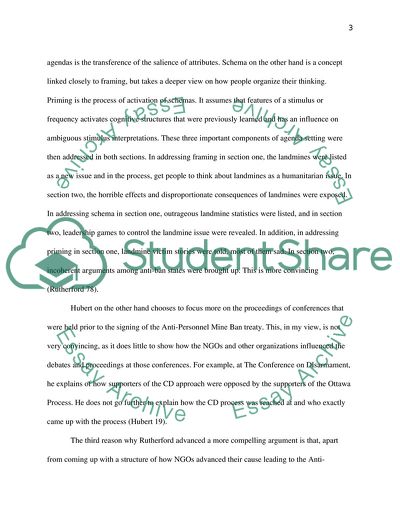Cite this document
(Arms, Mines, and Use of Explosive Force Research Paper Example | Topics and Well Written Essays - 1500 words - 1, n.d.)
Arms, Mines, and Use of Explosive Force Research Paper Example | Topics and Well Written Essays - 1500 words - 1. https://studentshare.org/people/1768131-arms-mines-and-use-of-explosive-force
Arms, Mines, and Use of Explosive Force Research Paper Example | Topics and Well Written Essays - 1500 words - 1. https://studentshare.org/people/1768131-arms-mines-and-use-of-explosive-force
(Arms, Mines, and Use of Explosive Force Research Paper Example | Topics and Well Written Essays - 1500 Words - 1)
Arms, Mines, and Use of Explosive Force Research Paper Example | Topics and Well Written Essays - 1500 Words - 1. https://studentshare.org/people/1768131-arms-mines-and-use-of-explosive-force.
Arms, Mines, and Use of Explosive Force Research Paper Example | Topics and Well Written Essays - 1500 Words - 1. https://studentshare.org/people/1768131-arms-mines-and-use-of-explosive-force.
“Arms, Mines, and Use of Explosive Force Research Paper Example | Topics and Well Written Essays - 1500 Words - 1”. https://studentshare.org/people/1768131-arms-mines-and-use-of-explosive-force.


